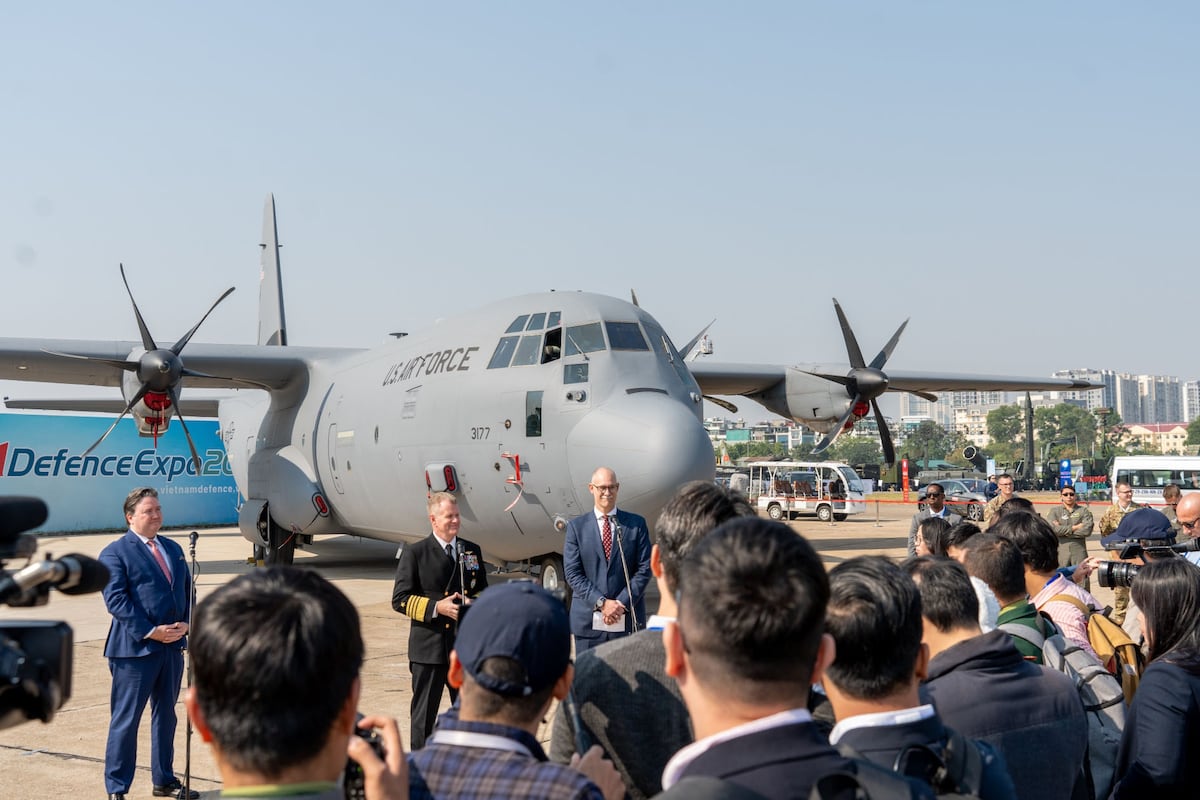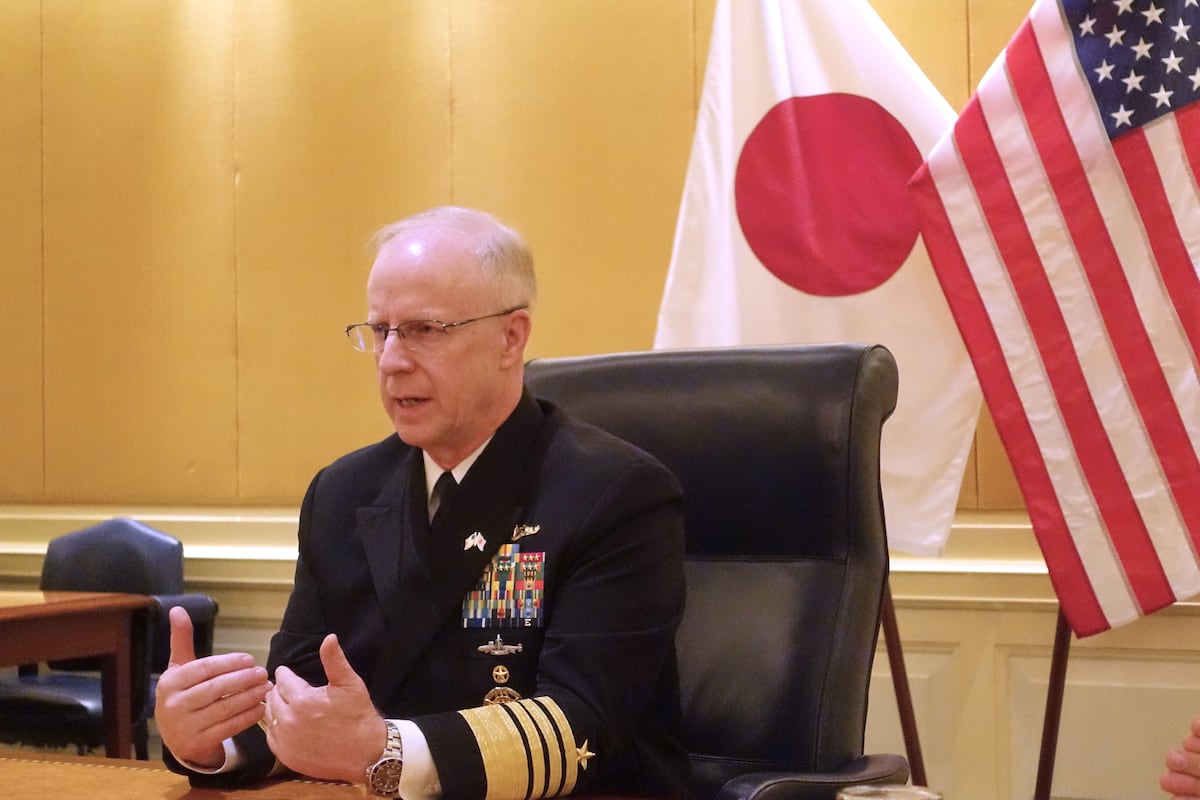Advancing Drone Warfare: The Pentagon’s “Top Drone” Initiative
Overview of the Initiative
Last month, the Pentagon introduced its inaugural “Top Drone” training program, aimed at enhancing the skills of drone operators within a realistic threat environment. This initiative, spearheaded by Lt. Col. Matt Limeberry, commander of the Department of Defense’s (DOD) Rapid Assessment or Prototype Technology Task Force, is expected to occur at least biannually, positioning it as a cornerstone of U.S. military drone operations.
Objectives and Benefits
The program’s primary objective is to provide a platform where military personnel, industry representatives, and academic experts can validate tactics, operational procedures, and drone capabilities. Participants engage in scenarios reflecting complex environments encountered in the field, thus enabling the DOD to refine its counter-uncrewed aircraft systems.
Key benefits of the Top Drone initiative include:
- Data Collection: Enables comprehensive data analysis for future drone operations.
- Skill Development: Provides participants with hands-on experience navigating challenges indicative of real-world conflicts.
- Collaborative Learning: Fosters partnerships between the military and industry, enhancing technological innovation.
Lt. Col. Limeberry emphasized that this dual-purpose initiative not only captures vital data but also enhances the effectiveness of soldiers operating in increasingly sophisticated threat landscapes.
Training Exercises
The inaugural four-day event was hosted at the Muscatatuck Training Center, strategically located near Camp Atterbury. The training course simulates an urban environment, emphasizing critical skills such as maneuverability, endurance, and reconnaissance.
Participants operated various drone types, including:
- Untethered First-Person View Systems: These provide operators with a direct, immersive flying experience.
- Fiber-Optic Connected Drones: Offering enhanced control and real-time data transfer capabilities.
The event also included live-fire demonstrations by the Marine Corps Attack Drone Team, showcasing emerging technology and combat tactics under the T-REX (Tactical Resilient Experimental Testbed) banner.
Future Directions
In light of the positive outcomes from the first training cycle, future iterations will extend the duration and complexity of training scenarios. Limeberry envisions a multi-week exercise that introduces increasingly challenging obstacles, enabling operators to refine their tactics in a progressive manner. A second Top Drone site at Camp Atterbury will focus on generating scenarios in dense, wooded terrain as well, adding variety and adaptability to the training environment.
As Limeberry explained, “As we increase the complexity, we aim to provide an a la carte menu of electronic warfare options, simulating a spectrum of adversarial threats that operators may encounter.”
Strategic Implications
This initiative aligns with broader Pentagon efforts to establish what Defense Secretary Pete Hegseth describes as “drone dominance.” The goal is not only to expand the operational capacity by deploying more drones but also to build the requisite organizational framework and training infrastructure to support this transformation by 2027.
The Top Drone initiative dovetails with last month’s T-REX evaluation event, which examined low-cost, attritable attack drones and counter-uncrewed aerial system technologies. During the two-week showcase, the Pentagon assessed 58 technologies, which had the potential to address critical capability gaps.
Pathways for Technology Transition
The DOD continues to explore various innovation pathways to mature these technologies, emphasizing the necessity for effective transitions from prototype to operational capability. Decisions regarding technology advancement will soon be presented to Undersecretary for Research and Engineering Emil Michael, with expectations for determinations by the end of September.
In addition to live demonstrations, T-REX featured displays from 50 early-stage technology firms, providing a view into the future capabilities of military drones. Such collaborations are essential for enhancing the U.S. military’s operational readiness and effectiveness.
Conclusion
The ongoing evolution of the Top Drone initiative exemplifies the Pentagon’s commitment to innovation and adapting to emerging threats. By integrating industry and military expertise, the DOD enhances its capacity to respond to contemporary challenges, securing a strategic advantage in the realm of unmanned aerial systems.





